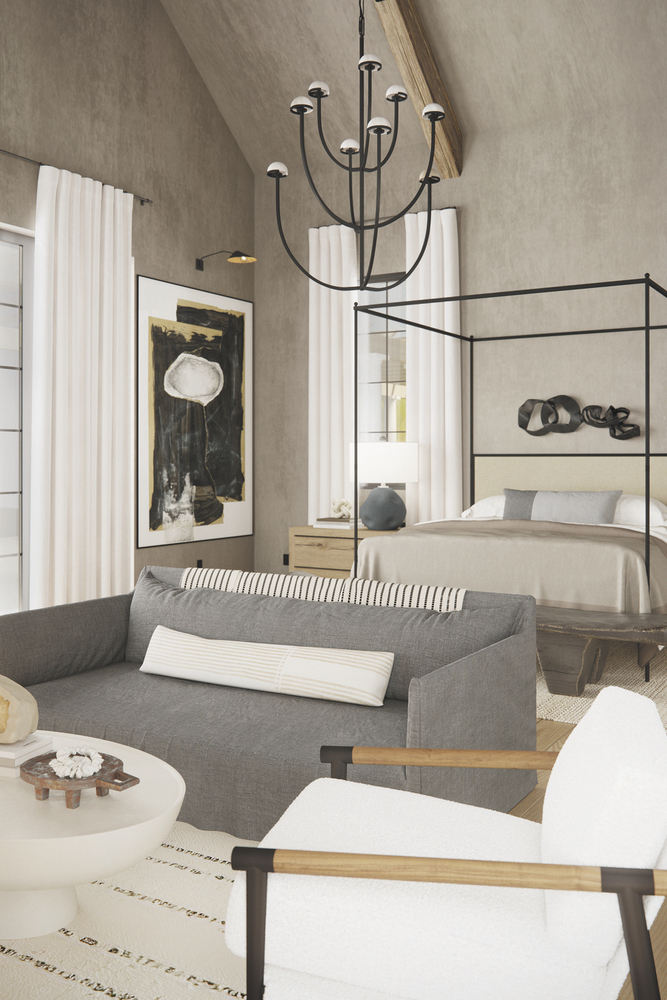Mastering 3D Product Rendering: A Guide for Visualizing Products in Detail

In the current hyper-visual market, the allure of products considerably sways consumer choices. 3D product rendering emerges as a transformative technology that redefines our interaction and perception of products. This article explores the depths of 3D product rendering and its significant impacts and provides a comprehensive guide for enthusiasts and professionals
Table of Contents
Introduction to 3D Product Rendering:
3D product rendering utilizes advanced computer graphics to craft lifelike digital portrayals of products. Using sophisticated tools, designers can generate detailed and precise visualizations, allowing audiences to inspect a product from every conceivable angle, even before its physical realization. This innovation is paramount in the architecture, interior design, and e-commerce sectors
The Evolution of 3D Rendering
From its early days, marked by simple wireframe models, to the present era’s nuanced reflections and detailed renderings, 3D rendering has undergone a monumental transformation. This evolution signifies technological advancement and caters to the rising consumer demand for immersive visual experiences
Mastery in 3D Rendering: Why It Matters
Achieving proficiency in 3D rendering is vital. A well-executed 3D representation accentuates a product’s appeal, highlighting its intricate features and facilitating a more profound comprehension and appreciation from potential customers. This level of realism and detail ensures effective communication of the product’s essence and utility
Detailed Process of 3D Product Rendering
- Conceptualization and Planning: The foundation for the entire process, where designers envision the product’s purpose, target demographic, and primary attributes
- 3D Modeling: Using tools like Blender or 3ds Max, a digital skeleton or product model is crafted, serving as a base for subsequent texturing and lighting
- Texturing and Material Assignment: By selecting materials and applying textures, the product mirrors its real-world counterpart, capturing its unique tactile and visual characteristics
- Lighting Setup: Strategic light placement adds depth, accentuates product features, and influences material appearance
- Camera Placement and Rendering: Determining the best angles to highlight the product, followed by the actual rendering process to create the final visualization
- Post-processing: Enhancing the raw render through contrast, brightness, and effects adjustments to finalize the product’s portrayal
Advanced Techniques in 3D Product Rendering
- Ray Tracing and Global Illumination: Techniques that consider reflections, shadows, and light interactions to produce photo-realistic images
- Depth of Field and Motion Blur: Used to direct focus and depict movement, respectively
- HDR Imaging and PBR: HDR captures a wide range of highlights and shadows, while PBR mimics real-world light interactions, ensuring lifelike material representations
Future Trends and Their Implications
- Real-time Rendering: The promise of instant visualizations, catalyzed by powerful graphic cards and computing prowess
- Integration with AR and VR: Offering immersive user experiences by combining 3D renderings with AR and VR platforms
- Artificial Intelligence’s Role: AI’s predictive algorithms can refine rendering processes, optimize light placements, and suggest suitable materials
Professional Insights in the Domain
- The Learning Curve: Professionals stress the importance of continuous learning to stay updated with the ever-evolving techniques and software
- Feedback’s Value: Constructive criticism and feedback can significantly enhance the final rendering outcome
- Balancing Art with Technology: While technical expertise is essential, the true essence of a captivating 3D rendering lies in the artistic vision
Conclusion
3D product rendering is a powerful blend of art and technology. As we look to the future, with innovations like real-time rendering, AR/VR integrations, and the influence of AI, the significance of mastering 3D product rendering becomes ever more apparent. Staying abreast of trends, refining skills, and melding technological know-how with artistic intuition is vital in this ever-evolving landscape. In the expansive world of digital visualization, 3D product rendering remains a pivotal guide, showcasing products in unparalleled detail even before they transition to the tangible realm











